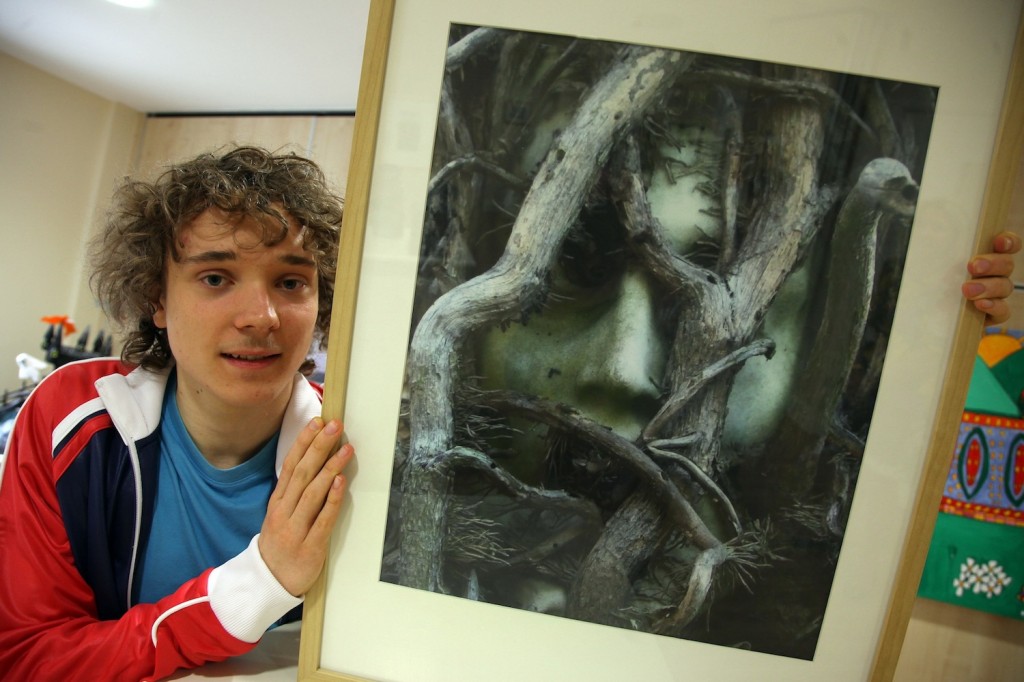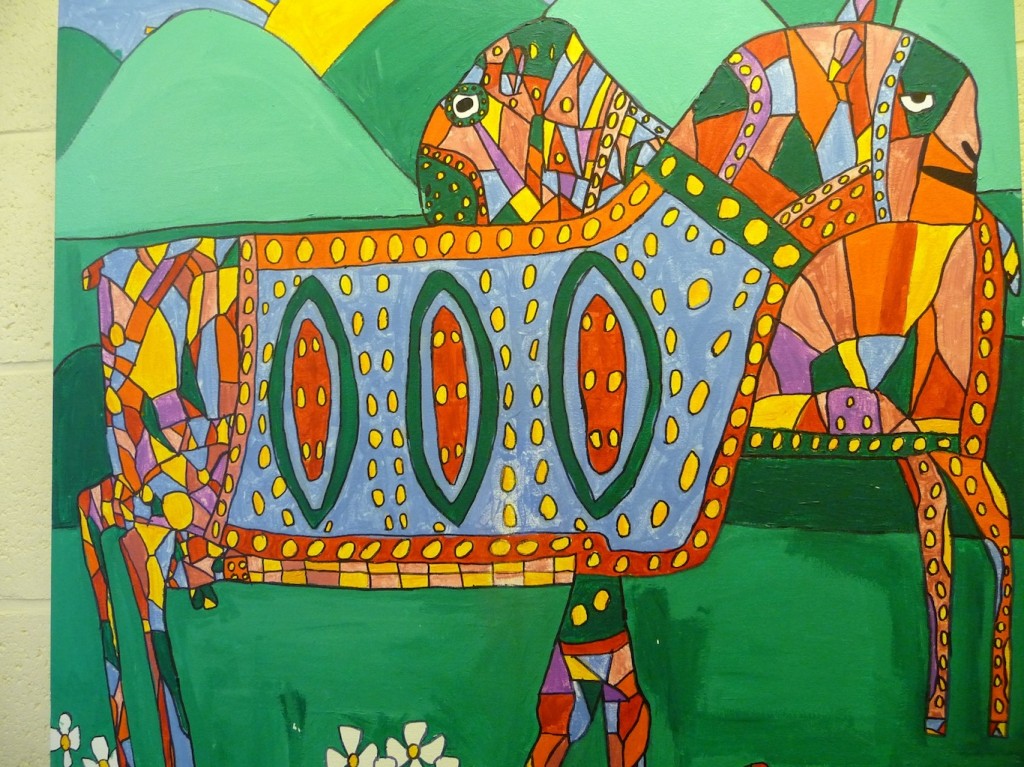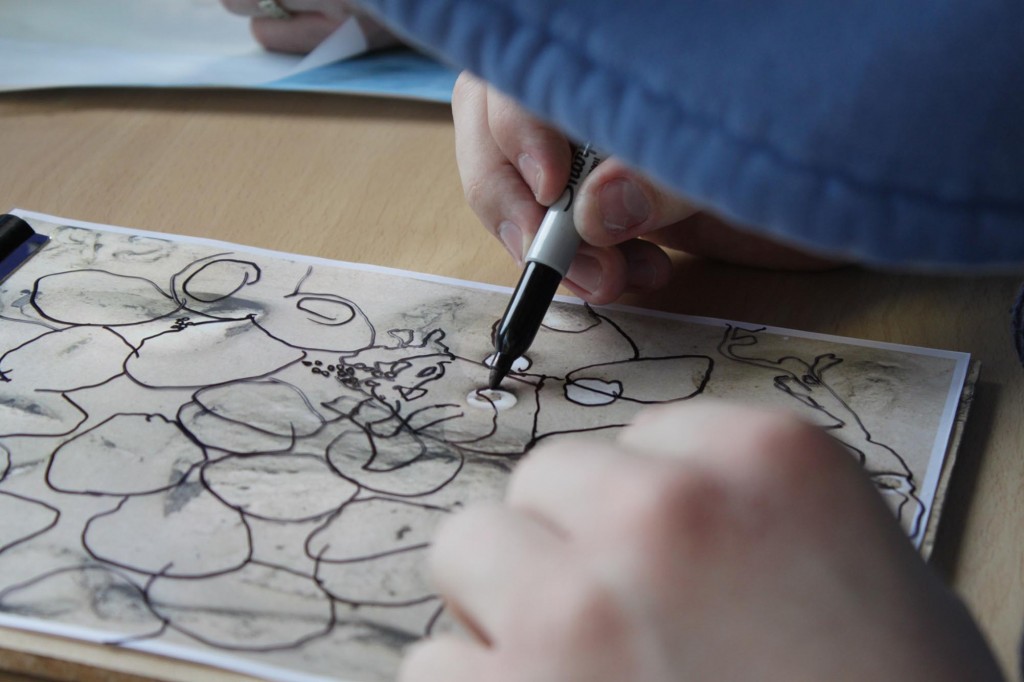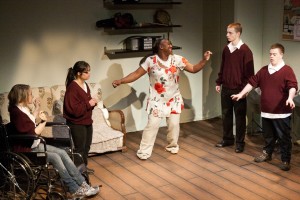I recently blogged about Create! Art for Autism, a national art competition run by Beechwood College, a specialist residential college in Wales. The aim of the project was to show that art can not only encourage learning and instill lifelong skills but boost quality of life and future prospects.
The awards ceremony took place at the weekend – more than 350 entries were received from 52 different schools from all over the UK, and as far away as India and Croatia – and a couple of the very worthy winners are here:

The Digital Category was won by Sam Fitzgerald, above. Angel, the work by the 18-year-old from St Cenydd School in Caerphilly, was praised by judges as having a haunting and metaphysical quality.
Esther Whitney, Aged 24 from Birmingham City University won the 3D Category prize for her sculpture, A Thimble Full. Esther’s work was inspired by her difficulties with social interaction, with the thimbles representing that a thimble full of relationships can be enough for young people with an autistic spectrum disorder. The award was presented by Lucinda Bredin, Editor at Bonhams Magazine and member of the judging panel, who complimented Esther and the other finalists on the “detail, depth and complexity of their work.”

The prize for the Teacher’s Choice Award was presented by Darren Jackson, Principal of Beechwood College to Alexander Fox-Robinson, aged 15 from Pembroke School, Pembroke for his pencil drawing, The Blitz, which featured in my previous blogpost on the competition.

The finalists’ work is on display at The Old Library, Cardiff until Sunday August 7 and will move to London early in the autumn. For more information contact Create! Art for Autism. The amazing amount of entries to the competition shows the vital nature of platforms to showcase the talent of young people like Sam and Esther and the organisers say that next year’s competition will include even more categories.








